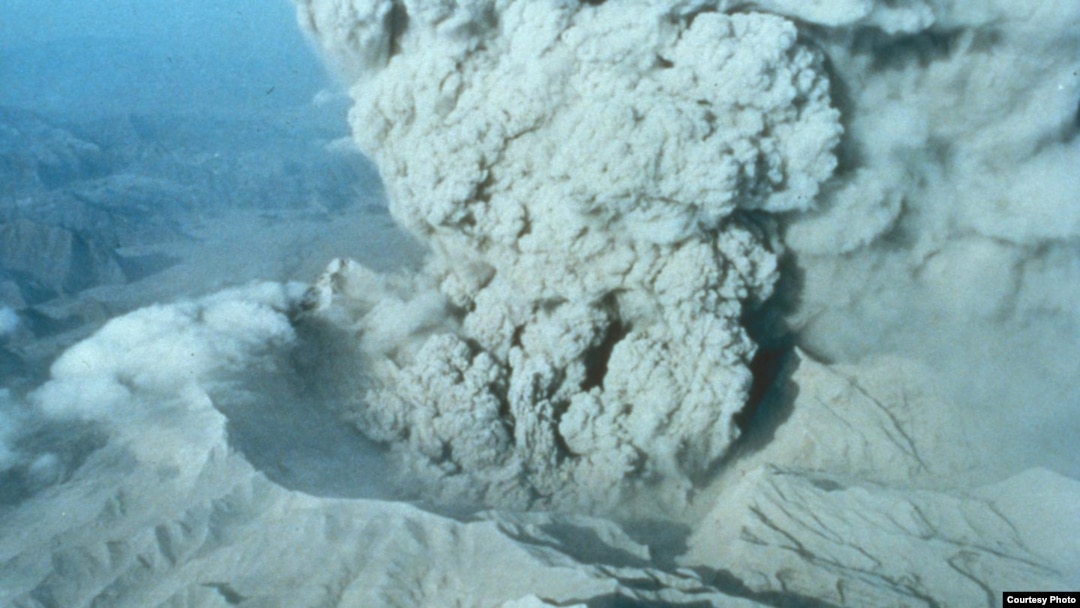The 1991 Eruption of Mount Pinatubo in the Philippines was the second largest of the 20th century. The eruption, according to the U.S. Geological Survey (USGS), ejected more than five cubic kilometers of material into the atmosphere, some of it nearly 35 kilometers into the atmosphere. "Fine ash fell as far away as the Indian Ocean," according to the USGS, "and satellites tracked the ash cloud several times around the globe."
Around Mount Pinatubo, a blanket of ash, in some cases over 200 meters thick filled deep valleys, and the violence of the eruption reduced the mount to a volcanic caldera (crater), 250 meters shorter than it had been before the eruption.
New research released Wednesday says that the volcano not only covered up a huge area of the Philippines.
It has also been covering up evidence of sea level rise.
Blanket of cooling ash
The new study was led by the National Center for Atmospheric Research (NCAR) and is published in the journal Scientific Reports.
It notes there has been general agreement that sea levels over a little more than two decades have been fairly consistent, rising about 3 millimeters per year.
But the paper notes that we first began measuring the rate of rising sea levels in 1993, just two years after the eruption of Mount Pinatubo when the effects of that eruption were still having a significant impact on the environment.
According to the USGS Web page, "Nearly 20 million tons of sulfur dioxide were injected into the stratosphere in Pinatubo's 1991 eruptions, and dispersal of this gas cloud around the world caused global temperatures to drop temporarily (1991 through 1993) by about 1°F (0.5°C)."
Those colder temperatures literally slowed the rate of sea level rise, skewing statistics from the get-go. One of the authors of the research John Fasullo from NCAR told VOA, "The main point of the paper is that the eruption changed the timing of sea level rise since 1991 and thus prevented an estimate of acceleration..."
Sea level rise accelerating
Three millimeters a year admittedly isn't much, but Fasullo says it's likely going to get worse. "In the absence of a major volcanic eruption," he says, "we can expect progressively increasing rates of rise in the coming decades." He says it's hard to predict exactly how much faster sea levels will rise in the coming years, and natural variability in the weather will impact the rate.
But he adds the important thing to take away from his new work is "acceleration is real and ongoing and that the timing of the eruption of Mt Pinatubo has limited our ability to quantify acceleration directly from the altimeter record."
Fasullo told VOA that climate scientists all over the world are working on getting new numbers that are "the focus of significant field work in Greenland and Antarctica, and major modeling efforts."


